live blog
-
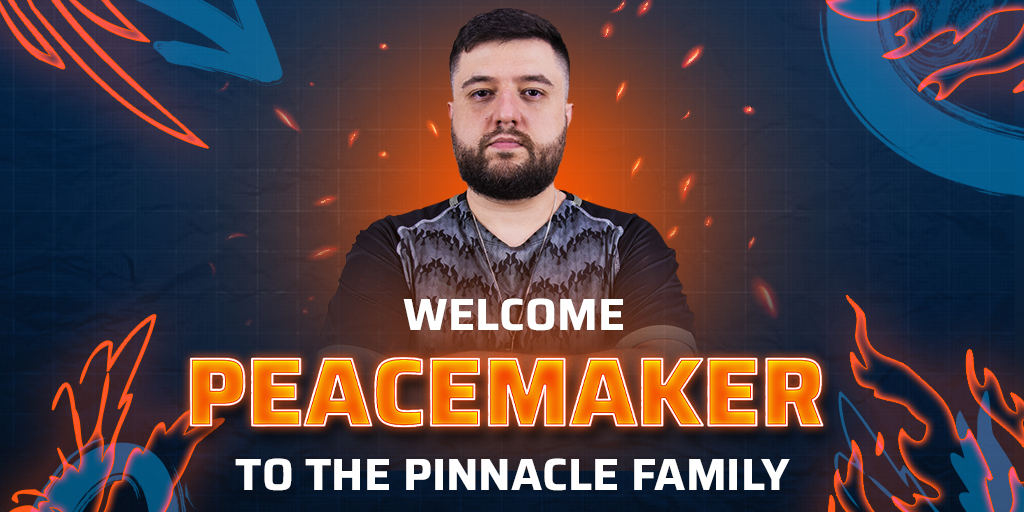
Luis "peacemaker" Tadeu joins Pinnacle Luis "peacemaker" Tadeu has done it all in Counter-Strike. As a professional player across three Counter-Strike titles, he has coached some of the most decorated names in the scene, and appeared as broadcast talent at some of the biggest competitions to date. Now he takes on yet another role in esports, as we welcome him to the Pinnacle family as an influencer.
-
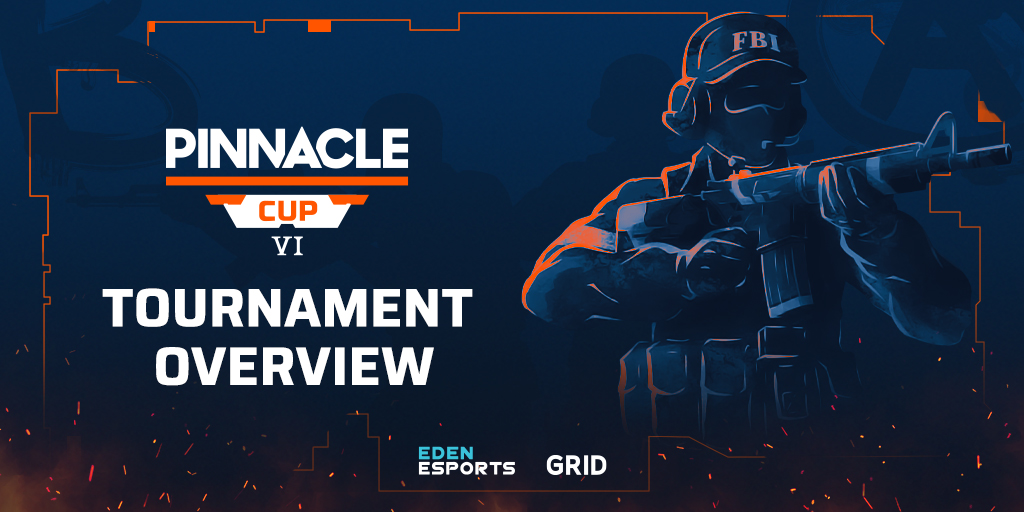
Pinnacle Cup VI | Tournament Overview The Pinnacle Cup is back for its sixth online edition! Some of the best CS:GO teams will be competing for a share of the tournament’s $50,000 prize pool. Find out more about Pinnacle Cup VI in our official event guide.
-
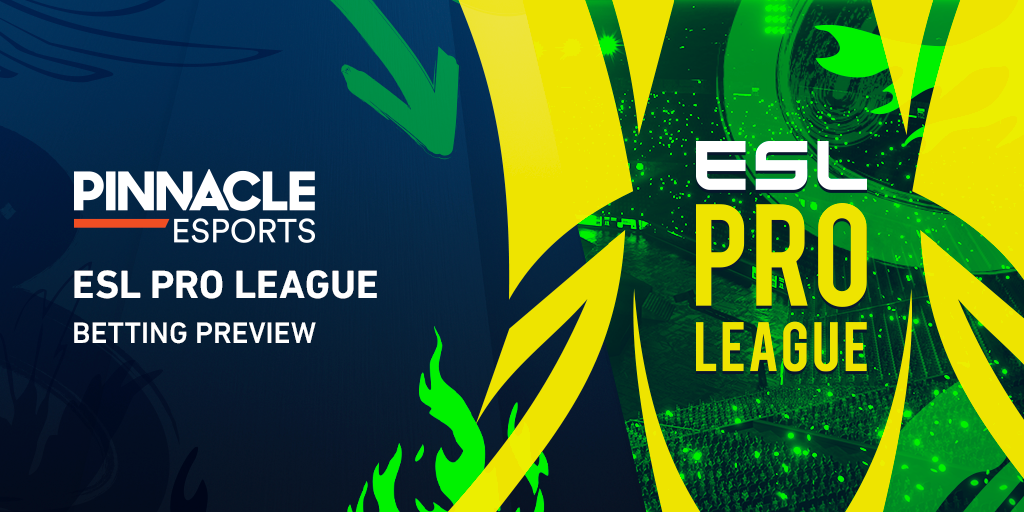
Archie Henry CS:GO Sep 12, 2023
ESL Pro League Season 18 | Betting Preview The ESL Pro League is back for yet another iteration, this time in sunny Malta! As the second ESL Pro League event to feature brackets and last chance stages (as opposed to a more traditional league system), we can expect a month of quality competition between some of the best teams in the world.
-
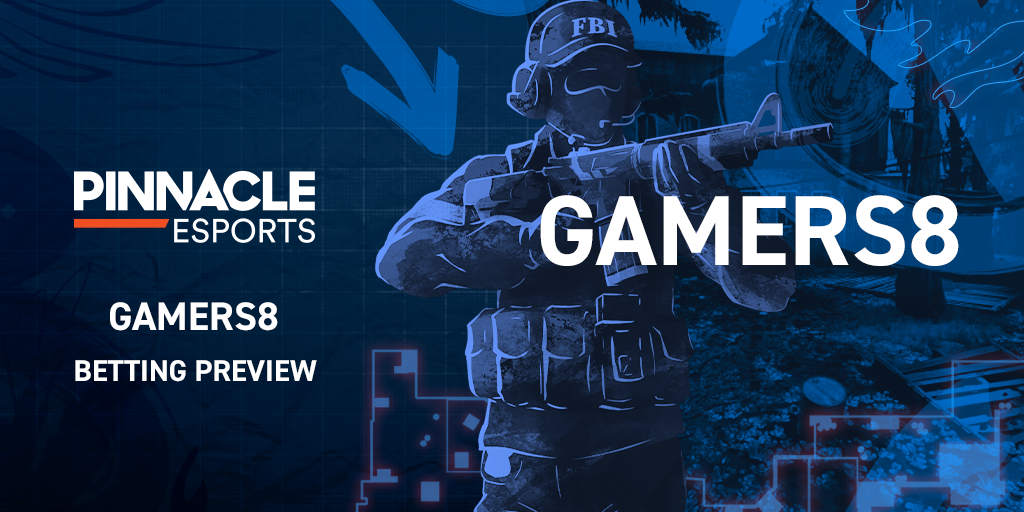
Archie Henry CS:GO Aug 11, 2023
Gamers8 | Betting Preview A new tournament, outside of ESL and BLAST organised events, has emerged in the form of Gamers8. This is much more than just a CS:GO tournament, as competitions in other games have been taking place under the Gamers8 name for the last month. What is most appealing about this tournament is the $1,000,000 prize pool, a figure only seen at the highest level of events. Another interesting aspect of this tournament is the single-elimination format the organisers have chosen to adopt the whole way through - the brackets will seem familiar to those who watch events like the World Cup. This means no second chances – one loss and you’re out.
-
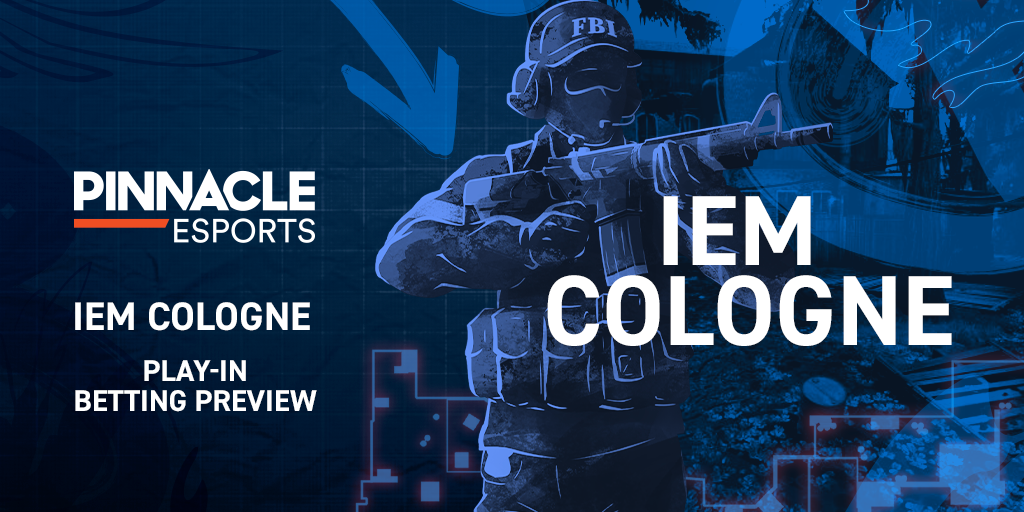
Archie Henry CS:GO Jul 19, 2023
IEM Cologne Play-in | Betting Preview Counter-Strike: Global Offensive returns to the “Cathedral of Counter-Strike” this month, as the world’s greatest come together to battle it out at IEM Cologne 2023. In the wider CS:GO calendar, only Majors top this tournament for the sheer size of the event and the excitement it draws. Last year’s edition brought us one of the greatest best-of-five series that’s ever happened, but are teams ready to deliver once again?
-
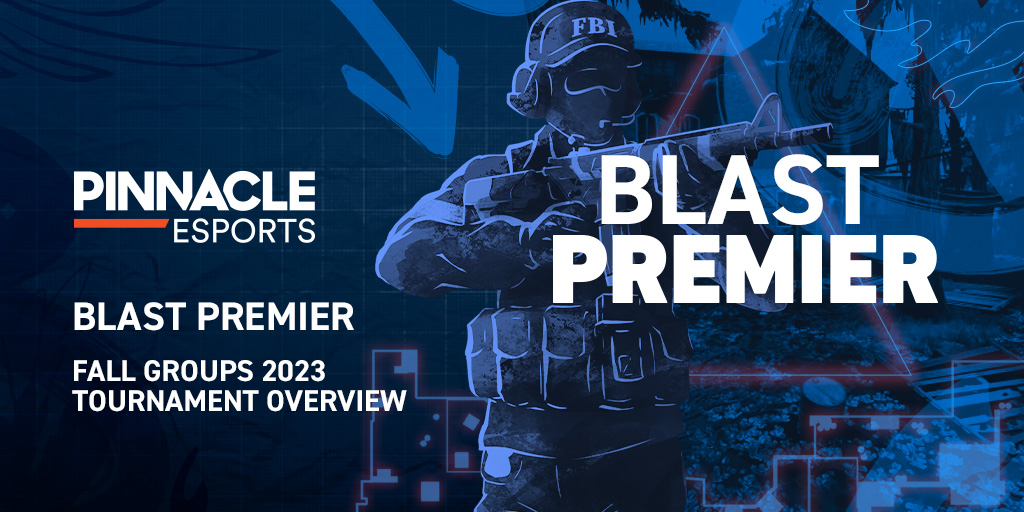
Archie Henry CS:GO Jul 6, 2023
BLAST Premier Fall Groups | Tournament Overview BLAST Premier Fall Groups returns to kick-start competitive CS:GO now that the player break is over. Every Counter-Strike fan has been eagerly awaiting this tournament, mainly due to the amount of roster updates we’ve seen since the BLAST Premier Spring Final took place in early June. What’s most surprising isn’t just the number of changes, but the changes themselves. NAVI dropped three players, Team Liquid now have a European core, and Team Vitality replaced Peter "dupreeh" Rasmussen after winning the Major.
-

Archie Henry CS:GO May 24, 2023
IEM Dallas | Betting Preview IEM Dallas is a big event in the ESL calendar, awarding a direct qualification spot for IEM Cologne to the victor. Sixteen teams will be taking part in two double-elimination groups, but which of these teams is best prepared after the Paris Major?
-
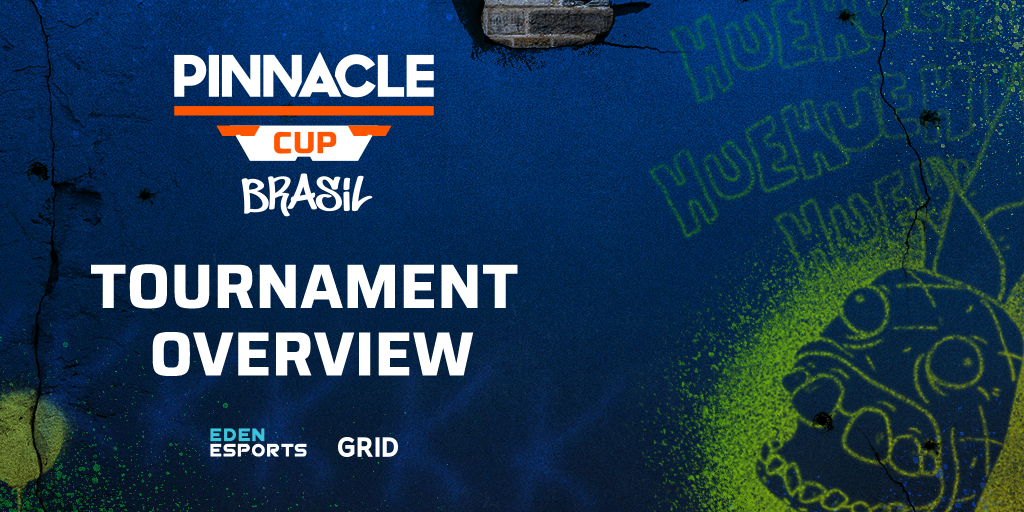
Pinnacle Cup: Brasil | Tournament Overview The Pinnacle Cup returns to CS:GO, and this time with a focus on South America! Some of the best CS:GO teams from Brazil will be competing for a share of the tournament’s $25,000 prize pool. Find out more about Pinnacle Cup: Brasil in our official event guide.
-
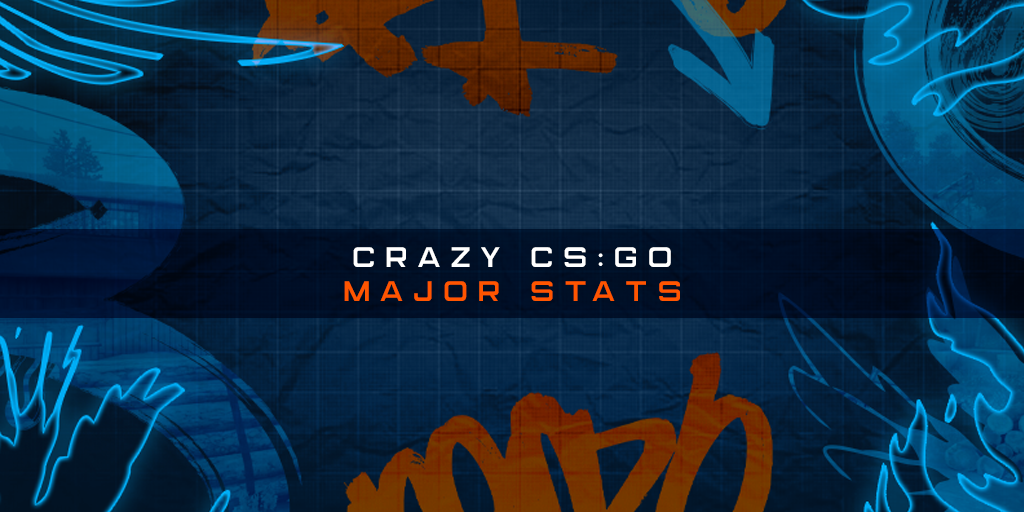
Archie Henry CS:GO May 11, 2023
Crazy CS:GO Major Stats The BLAST.tv Paris Major is now fully underway, and some teams have already been eliminated from the competition. Across the entirety of CS:GO’s lifespan, there have been 19 Majors, and there will never be another one after Paris. Here are some crazy statistics that show just how impressive the professional CS:GO scene and those competing in it are.
-
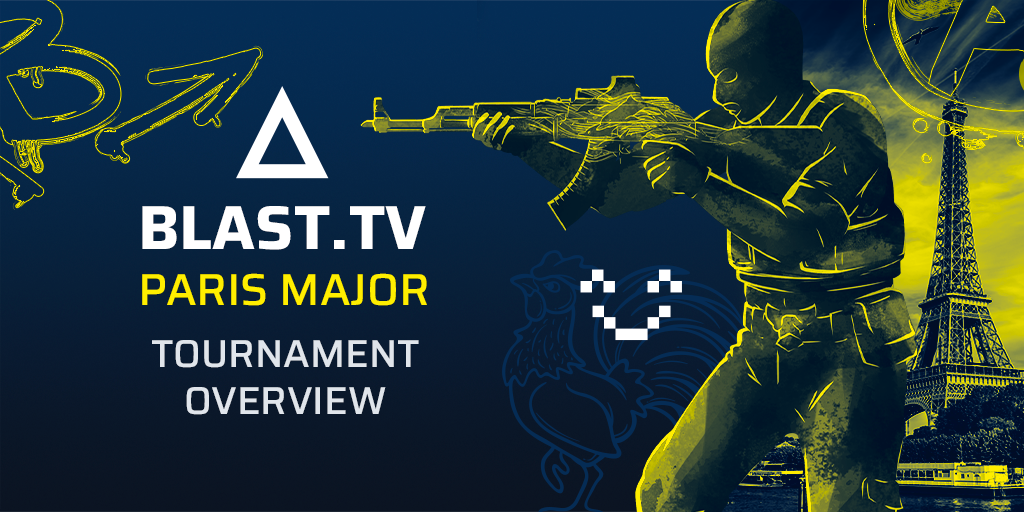
BLAST.tv Paris Major 2023 | Tournament Overview The BLAST.tv Paris Major 2023 will be the last CS:GO Major before we move over to Counter-Strike 2 later this year. In this guide, we will explain what the event is, which teams are participating, the route to the Grand Final, and who the favourites might be.